Sheepskin Jerkins

The first winter of the war caught the French army entirely unprepared for the cold days ahead. With the full expectation of a short war, the French army Quarter-Master lacked adequate stores of winter weather gear. Many French soldiers had not even been issued blankets and shelter-halves until October. While soldiers wrote home imploring their families to send them woolen items, many simply had to make do with what could be scrounged at the front. Tarpaulins, ground cloths, animal hides, civilian quilts and blankets taken from abandoned villages were all put to use. Soldiers took to stuffing newspaper or straw into their clothing and boots as insulation.
Meanwhile, the French command rushed to get cold weather clothing into production, including woolen items contracted to manufacturers as well as civilian relief organizations. One of the primary items produced by the army was jerkins made of animal hides. An official order from 14 October 1914 described the regulation pattern to consist of two skins joined at the shoulders with two pairs of laces allowing the jerkin to be tightened on the sides and a longer back side ensuring that the kidneys were insulated. The description read:
"Jerkin made of two skins joined at the sides of the collar, longer at the back, to permit the passage of the head through the cut-out and for the neck to rest batter; like that of a short-sleeved work-shirt, and strictly speaking sufficient, this opening can be closed with the help of buttons or cords. The collar yoke covers the shoulders. At the waist and under the shoulders, flexible cords allow the jerkin to be closed over the body of the man. The skin sides should be colored cutch-brown (cachou) and can be made waterproof by applying linseed oil containing a drying additive. It can be adorned by a square braid cord at the neck and the front."
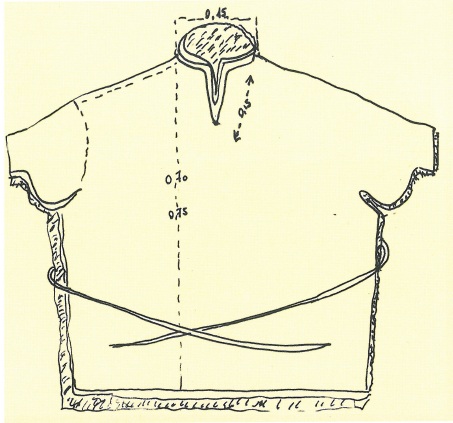
The primary type of animal hide used to make the jerkin was sheepskin (“peau de mouton”). To a lesser extent, goatskin (“peau de bique”) was also used. The jerkins were worn both hide side out and fleece side out. The mode of wearing them fleece side is by far more common with the first issue in the Winter of 1914-15, whereas by the next Winter, jerkins appear to be largely worn hide side out. While there was a regulation pattern, many variants exist, from well-tailored jerkins with cotton quilting sewn into the interior to crude ponchos that were tightened down with cloth tape sewn onto the sides or even simply using twine. There are also instances attested to in the 1914 where local prefects and political leaders, upon the appeal of unit commanders of certain regiments and battalions (in the case of chasseur units), arranged the purchase and requisition of sheepskins. Personally commissioned tailored jackets and vests utilizing sheepskins were also seen, though these were not widespread.
As distribution increased, the sheepskin jerkin (soldiers took to calling them "chapes," after the copes worn by priests) became a common cold weather article at the front in the winter of 1914-15. The sheepskins were turned back in to the Quarter-Masters when the weather warmed. They were manufactured again in the winter of 1915-16. However, the sheepskin was never an individual regulation item issued to each man. Instead, they were a “sector material,” being held and provisioned by sector, and subsequently transferred from one unit to another as army divisions rotated in and out of sectors. During the course of the war, hundreds of thousands were issued out, adding to the distinctive silhouette of the French soldier.
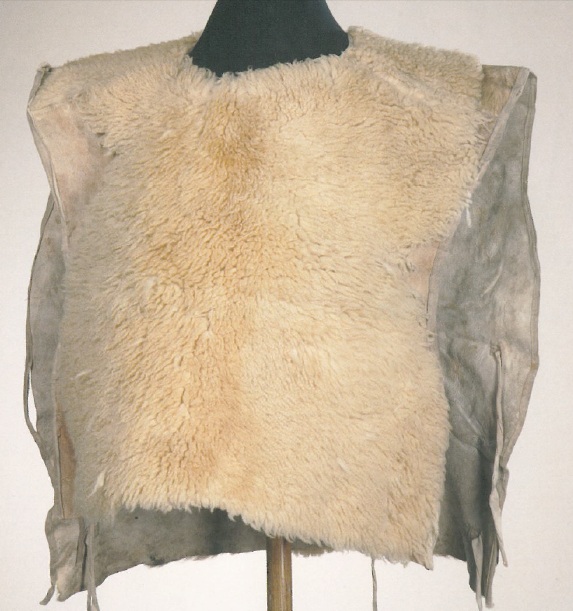
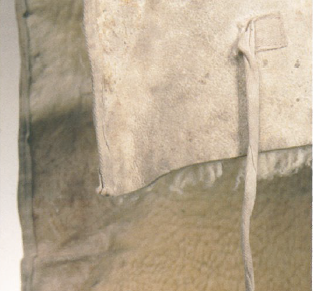
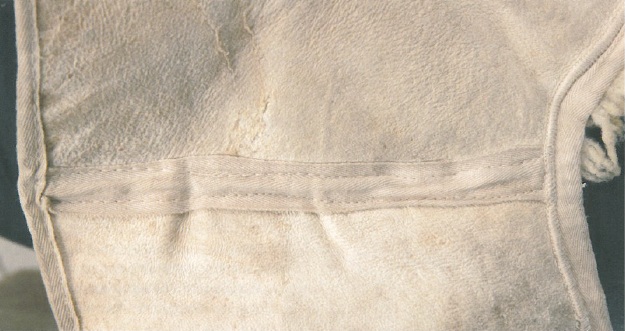
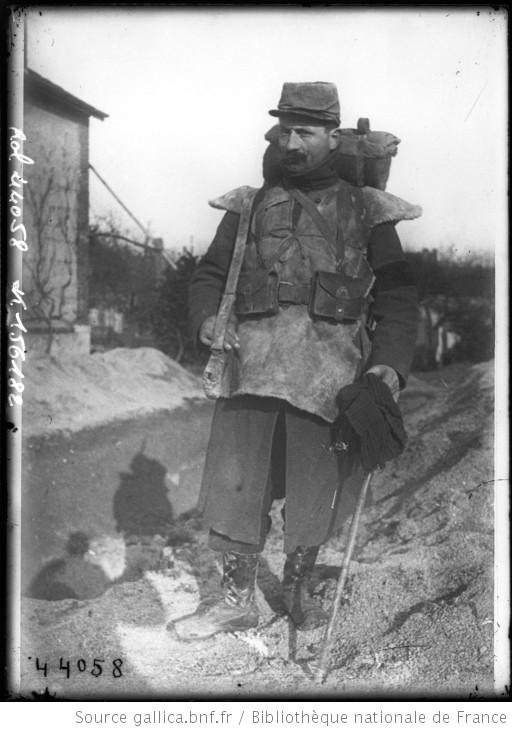

Left: the man on the left wears a regulation style sheepskin, the man on the right on non-regulation style goatskin. Right: all wear regulation style jerkins, all of sheepskin except the man kneeling who has a goatskin.
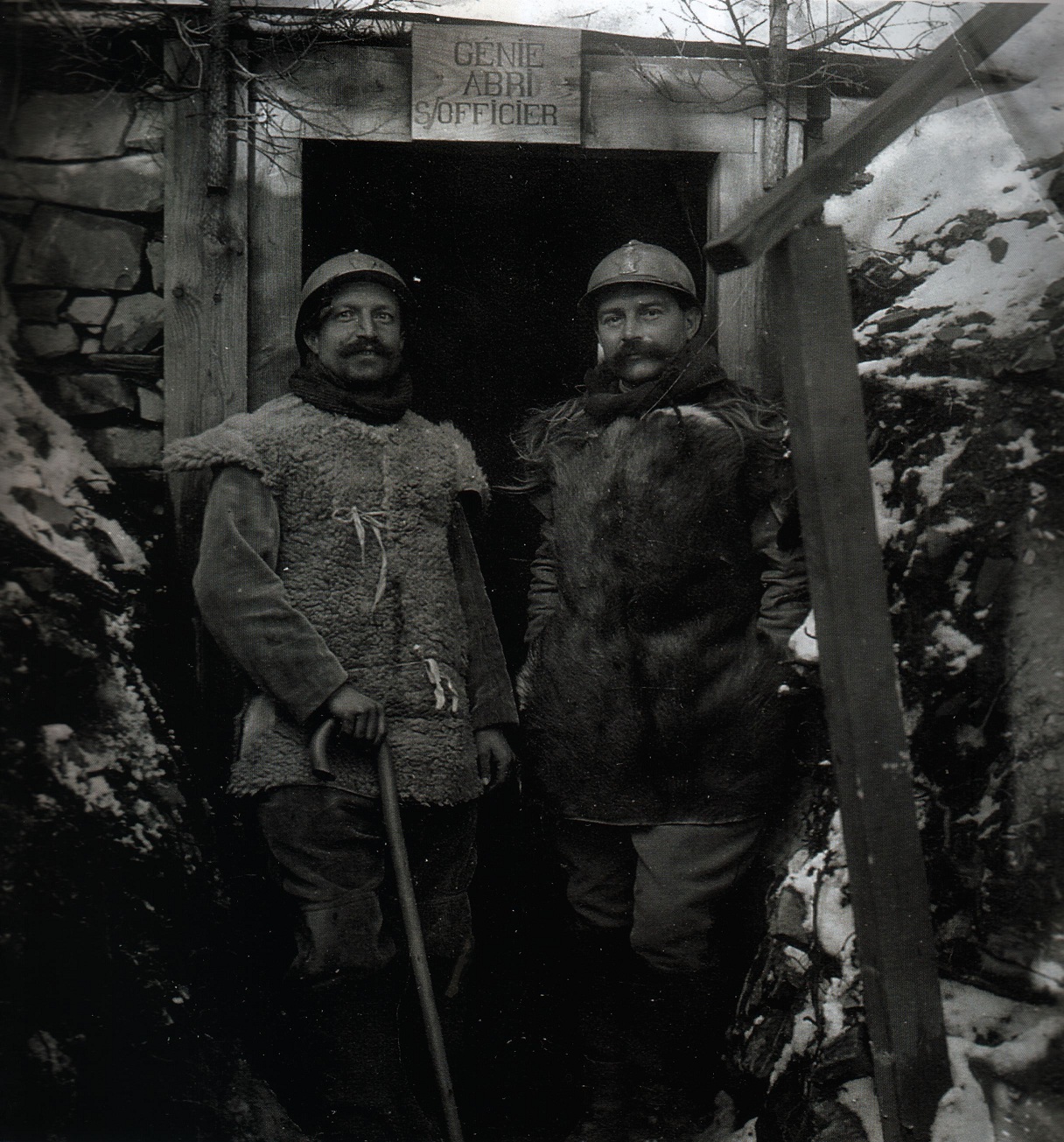

Various styles of jerkins.
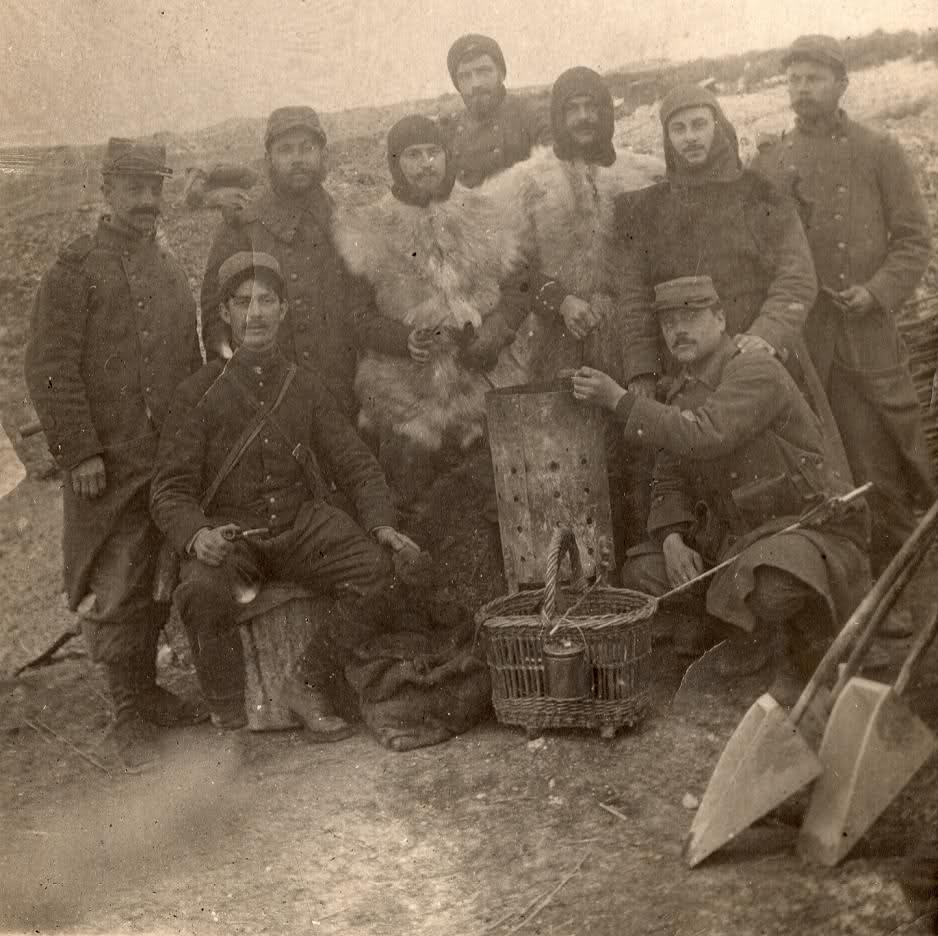

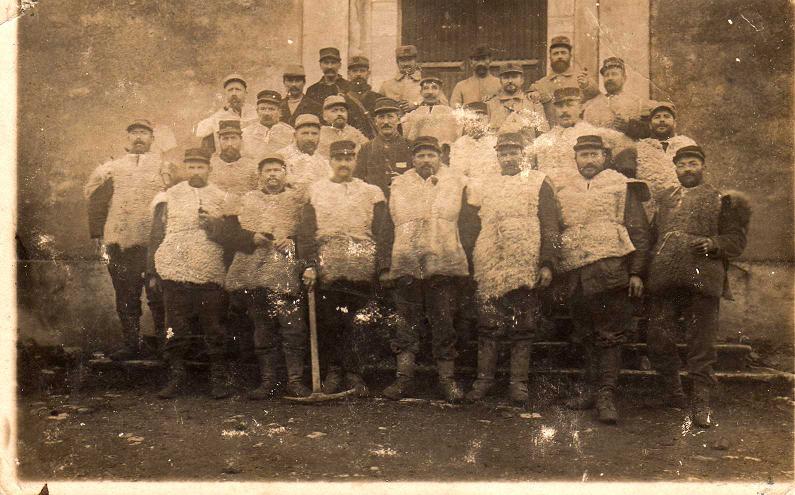

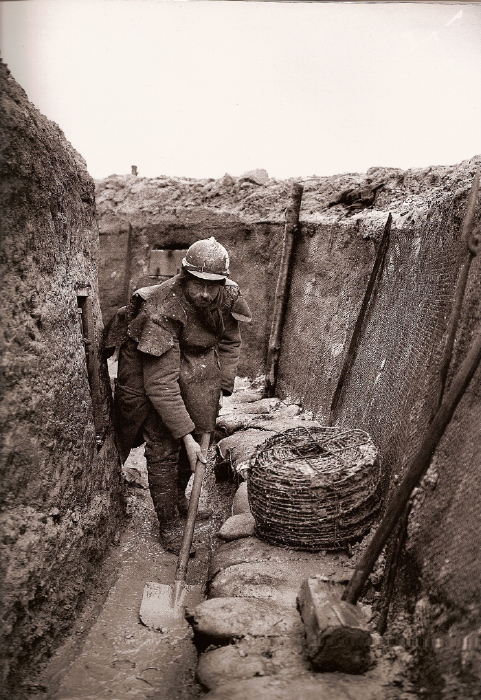
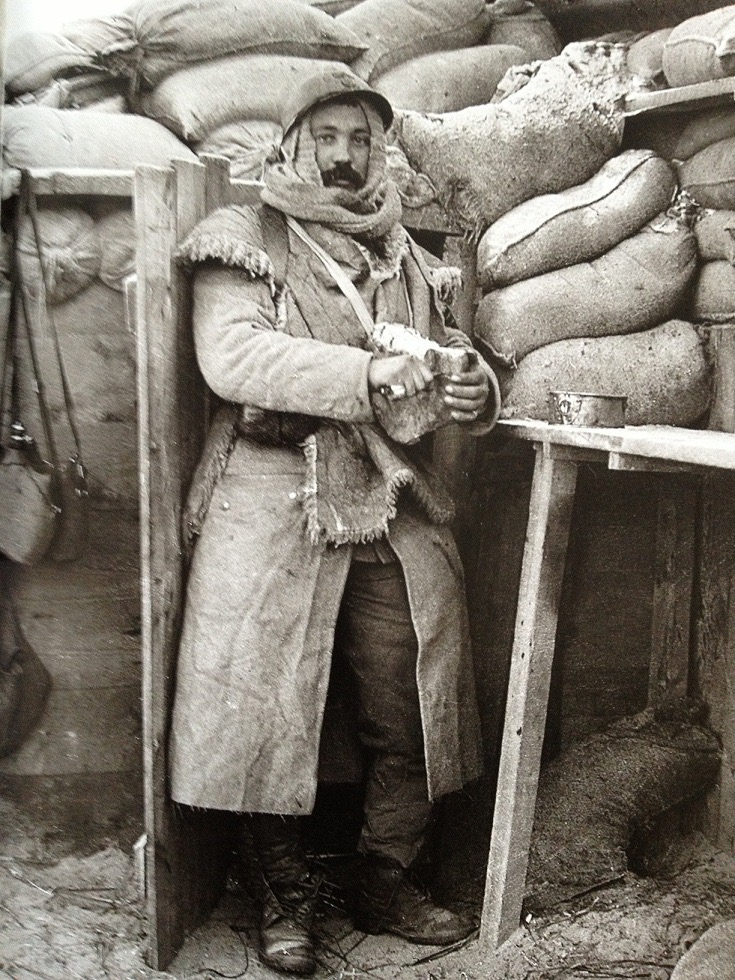
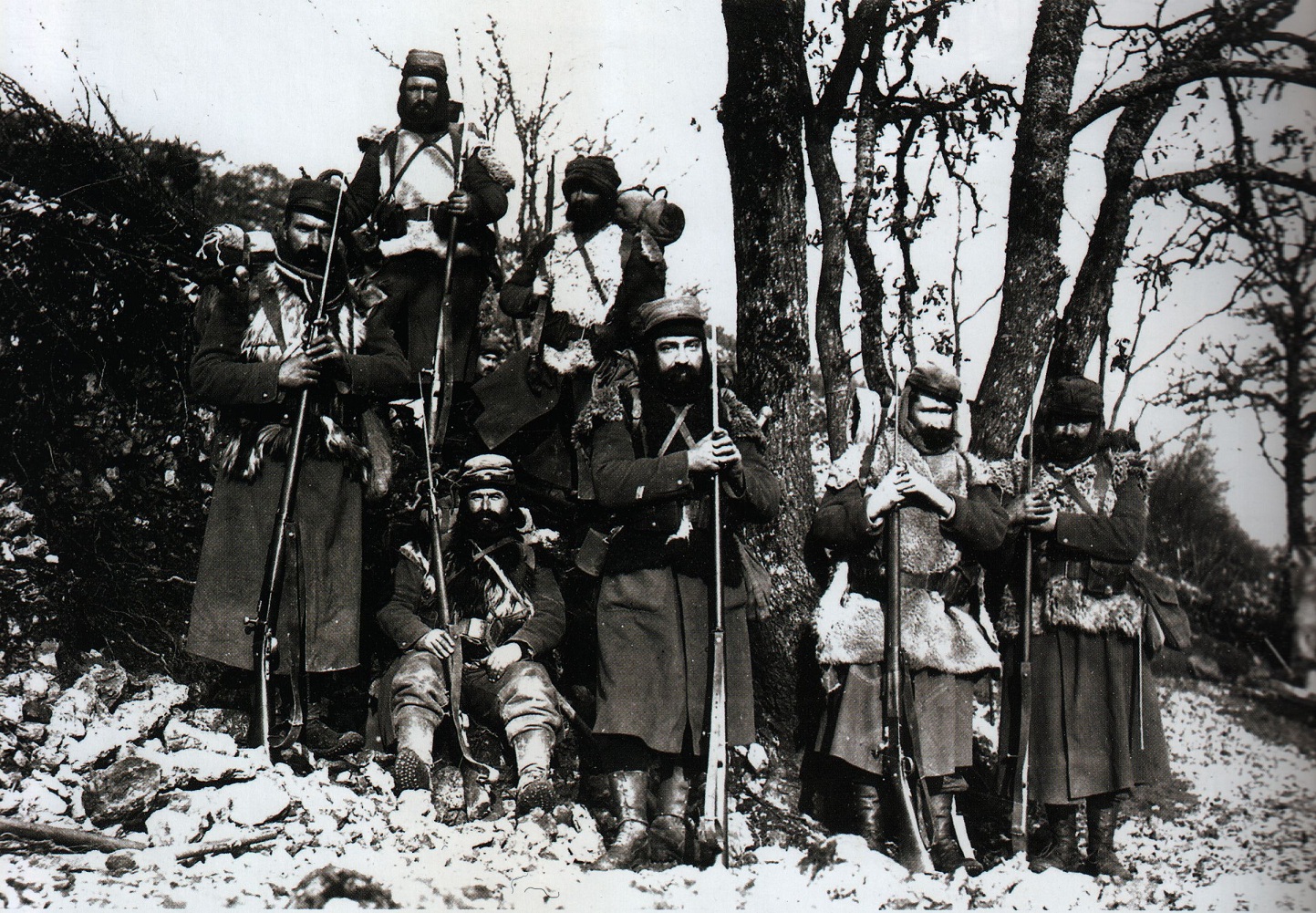
A tailored sheepskin with quilting added. The fabric is from a regulation issue shirt.
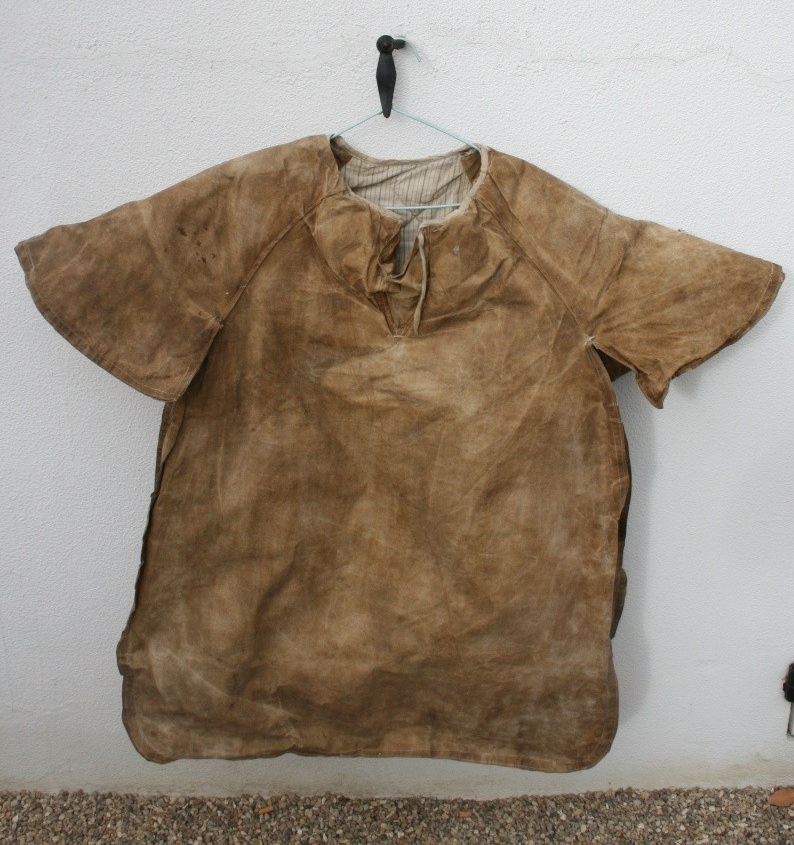
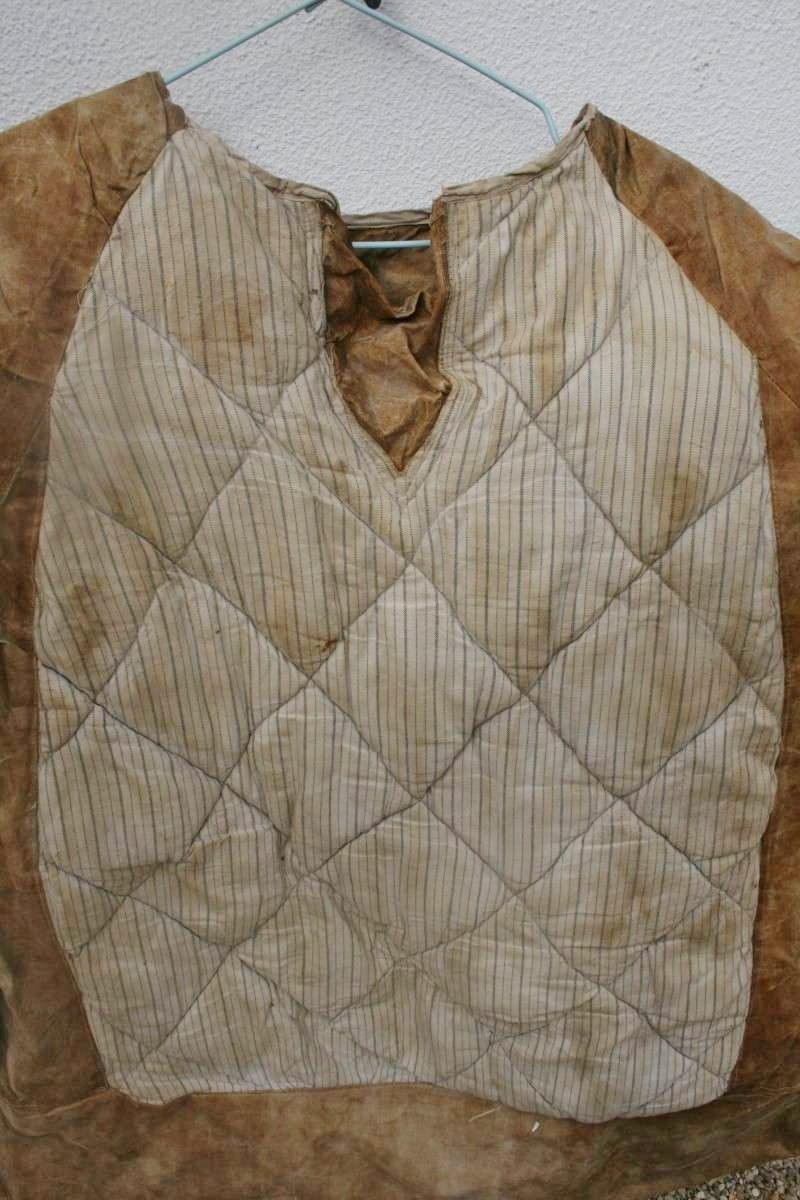
A tailored sheepskin jacket with integral regulation jacket sleeves sewn on and a button fastenings.






